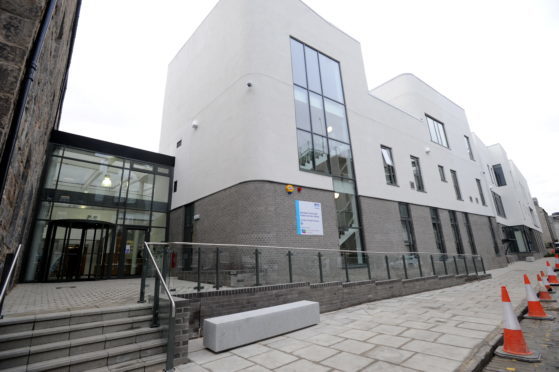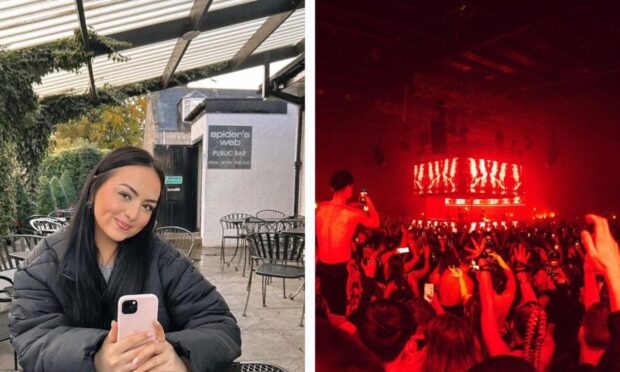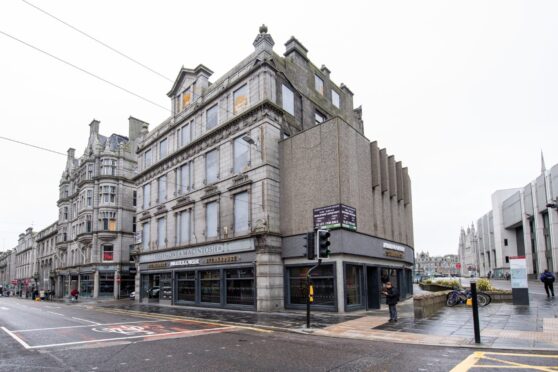Health and social care chiefs in Aberdeen have found hospital readmissions within 28-day target have increased “against the national trend”.
Keeping people out of hospital and in the community is a key priority for the health service.
But a report to yesterday’s integration joint board (IJB) of the Aberdeen Health and Social Care Partnership found that readmissions to hospital, within 28 days of being discharged, had risen over the past two years.
The most common reasons given were general medicine, general surgery (excluding vascular) and geriatric medicine- which accounted for 48% of cases.
Further investigation will be carried out to see what can be done to reduce the figures.
The report reads: “The IJB approved the Annual Report for 2017/18 at its August 2018 meeting.
“In this, it was reported that readmissions to hospital within 28 days had increased from 94 (per 1,000 population) the previous year to 103.
“The figures for Scotland, for the same period, were reported as having fallen from 100 (per 1,000 population) to 97.
“So, not only had the Aberdeen position worsened but it was going against the national trend.
“Of the readmissions, 28% were for the same reason as the original admission, while 87% of the readmissions were to ARI and, of these, 92% had originally been discharged from ARI.
“It is suggested that the data does not indicate any particular areas of concern.”










